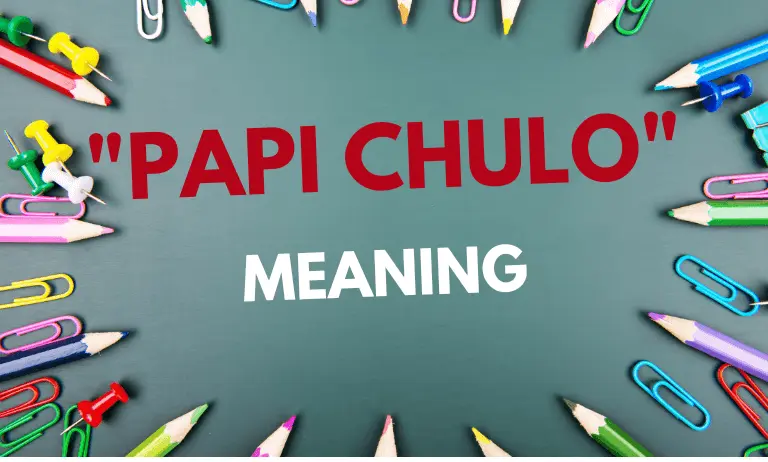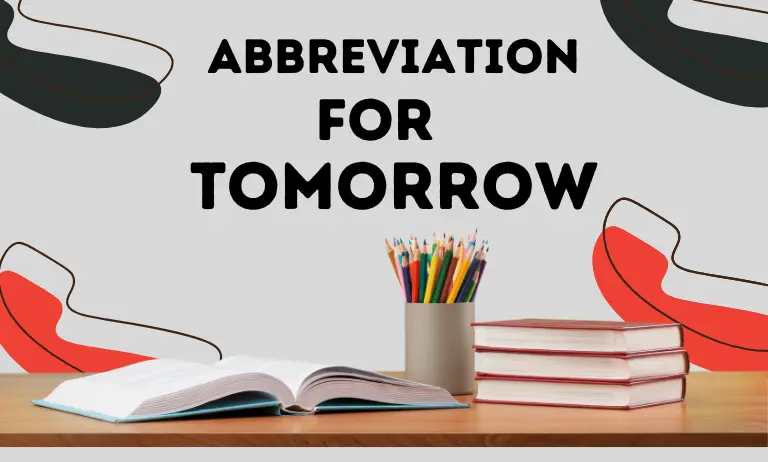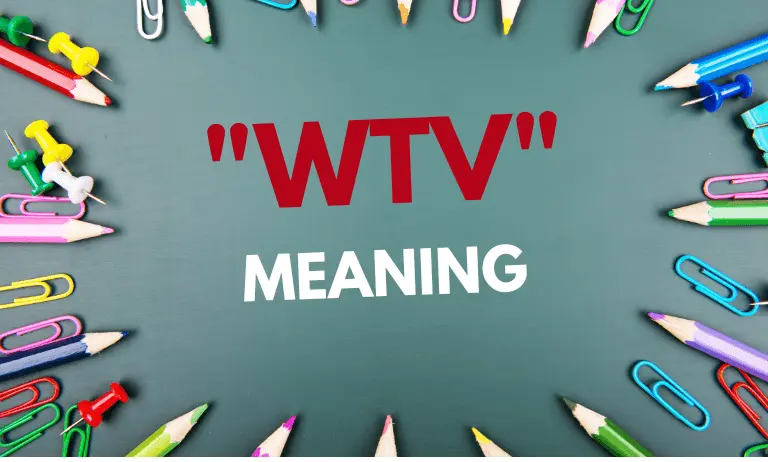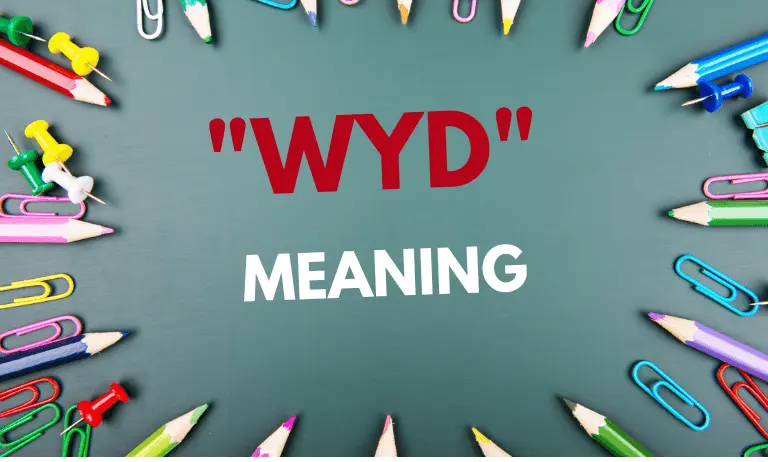Present Indefinite Tense & Usage of Present Indefinite Tense

Present Indefinite Tense With Explanation, Rules In the Form of Flow Chart
In the English language, tense is used to represent the time of an action. Among the 12 English tenses, the present indefinite tense is used to talk about what is happening in the current time. Also, the indefinite meaning in tense is like the unsung hero of language, quietly making our sentences work without drawing too much attention.
In this article, you will learn the definition, structure, and rules of usage, along with examples of present tense.
What is the Definition of Present Indefinite Tense
Present indefinite tense can be defined as the action that is done in the present, however there’s no definite time limit given to it being accomplished.
Note: In this tense, we usually use 1st form verbs, but in assertive / simple sentences we use “s/es” at the end of the verb with singular nouns (He, She, It) and singular name. Also, we don’t use “s/es” in negative, interrogative, and interrogative & negative sentences, because in these sentences we use present indefinite helping verbs (Do, Does).
Present Indefinite Tense rules
- We use “es” with those forms of verbs ending with these spelling “s, ss, sh, ch, x, and o. For Example: 1. Catch — Catches, 2. Go — Goes, 3. Mix — Mixes.
- Otherwise, we use “s” in all types of forms of verbs or regular verbs. For Example: 1. Work — Works, 2. Play — Plays, 3. Drink — Drinks.
- Dose: We use it with singular subject (He, She, It, singular name).
- Do: We use it with a plural subject (They, You, We, plural name).
Example Present Indefinite Tense
Sub-categories of Sentences
The present indefinite tense has been divided into 4 subcategories of sentences.
Now, let’s start to discuss these subcategories of sentences.
1. Indefinite Assertive / Simple Sentence
Assertive / simple sentence contains at least one subject, form of verb, and object. On the other hand, we can say that those sentences which start with a subject are called simple or assertive sentences.
Note: This kind of sentence, we usually use 1st form of verb or sometimes use s/es with 1st form of verb.
Present Indefinite Tense Assertive / Simple rules
- We use “s/es” at the end of the verb with singular nouns or subjects (He, She, It, and singular name).
- Also, we don’t use “s/es” at the end of the verb with plural nouns or subjects (I, They, You, We, and Plural names).
Use in Sentence:
2. Indefinite Negative Sentence
Those sentences in which we use “not” or in which we do to refuse about something are said to be negative sentences. Also, to make negative sentences, we use “not” before the verb.
Note: In this kind of sentence, we use Helping Verb (Do not, Does not) + 1st form of verb. Also, we don’t use “s/es” with singular nouns or single name, because we use “does not” with singular nouns or single names.
Present Indefinite Tense Negative rules
- Does not: We use it with singular subjects or nouns (He, She, It, singular name).
- Do not: We use it with plural subjects or nouns(I, They, You, We, plural name).
Use in Sentence:
3. Indefinite Interrogative Sentence
Those sentences in which you ask something from people, friends, relatives, and even anybody or do ask a question to someone, so these sentences are said to be present indefinite interrogative sentences.. Also, to make interrogative sentences, we use helping verbs (Do, Does) at the beginning of the sentence.
Note: In this kind of sentence, we use helping verbs (Do, Does) at the beginning of sentence, 1st form verbs, and question mark (?) at the end of the sentence.
Present Indefinite Tense Interrogative rules
- Does: We use it with singular subjects or nouns (He, She, It, singular name).
- Do: We use it with plural subjects or nouns(I, They, You, We, plural name).
Use in Sentence:
4. Indefinite Interrogative & Negative Sentence
Those sentences in which we ask questions with not or refuse from anyone, these sentences are called present indefinite interrogative negative sentences. Also, to make negative & interrogative sentence, we use helping verbs (Do, Does) at the beginning of sentence, (not) before 1st form verbs, and question mark (?) at the end of the sentence.
Note: In this kind of sentence, we use helping verbs (Do, Does), not, 1st form verbs, and question mark (?).
Present Indefinite Tense Interrogative Negative rules
- Does: We use it with singular subjects or nouns (He, She, It, singular name).
- Do: We use it with plural subjects or nouns(I, They, You, We, plural name).
Use in Sentence:
Structure of Sub-categories of Sentences
Also, take a look at the following table to understand how the general format in which the present indefinite tense behaves in the assertive/ simple, negative, interrogative, and Interrogative & Negative format.
| Name of Sentence | Making Sentence Rule | Example Sentence |
|---|---|---|
| Assertive / Simple Sentence | Subject + 1st form of verb or s/es + object. Note: Addition of s/es singular subject (He, She, It, and single person name) | The boys laugh at their friends. Note: Don’t use “s/es” because “the boys” are not single person. |
| Negative Sentence | Subject + Helping Verb(Do not, Does not) + 1st form of verb + object. | She does not wash the clothes. |
| Interrogative Sentence | Helping Verb (Do, Dose) +Subject + 1st form of verb + object + ? | Do they shirk from reading? |
| Interrogative & Negative Sentence | Helping verb (Do, Dose) + Subject + 1st form of verb + object + ? | Does he not look educated? |
Usage of Present Indefinite Tense
There’re 7 reasons or places where this kind of present tense is used which are given below.
FAQs
Conclusion
It’s the backbone of everyday communication, adding rhythm and structure to our conversations. So next time you’re chatting away or writing that killer essay, remember the power of the indefinite sentence in English. It’s the glue that holds our words together, making our language dance and sing with effortless grace.
In short, we can say that indefinitely sentence is used to describe verb forms in many languages used for actions that recently happened. Also, if you’ve faced any confusion while reading this article, you can contact us through the comment box. We’ll try our best to overcome your confusion in a short interval of time, so that you may understand them better. Also, thanks a lot from the depth of the heart for reading this article.
